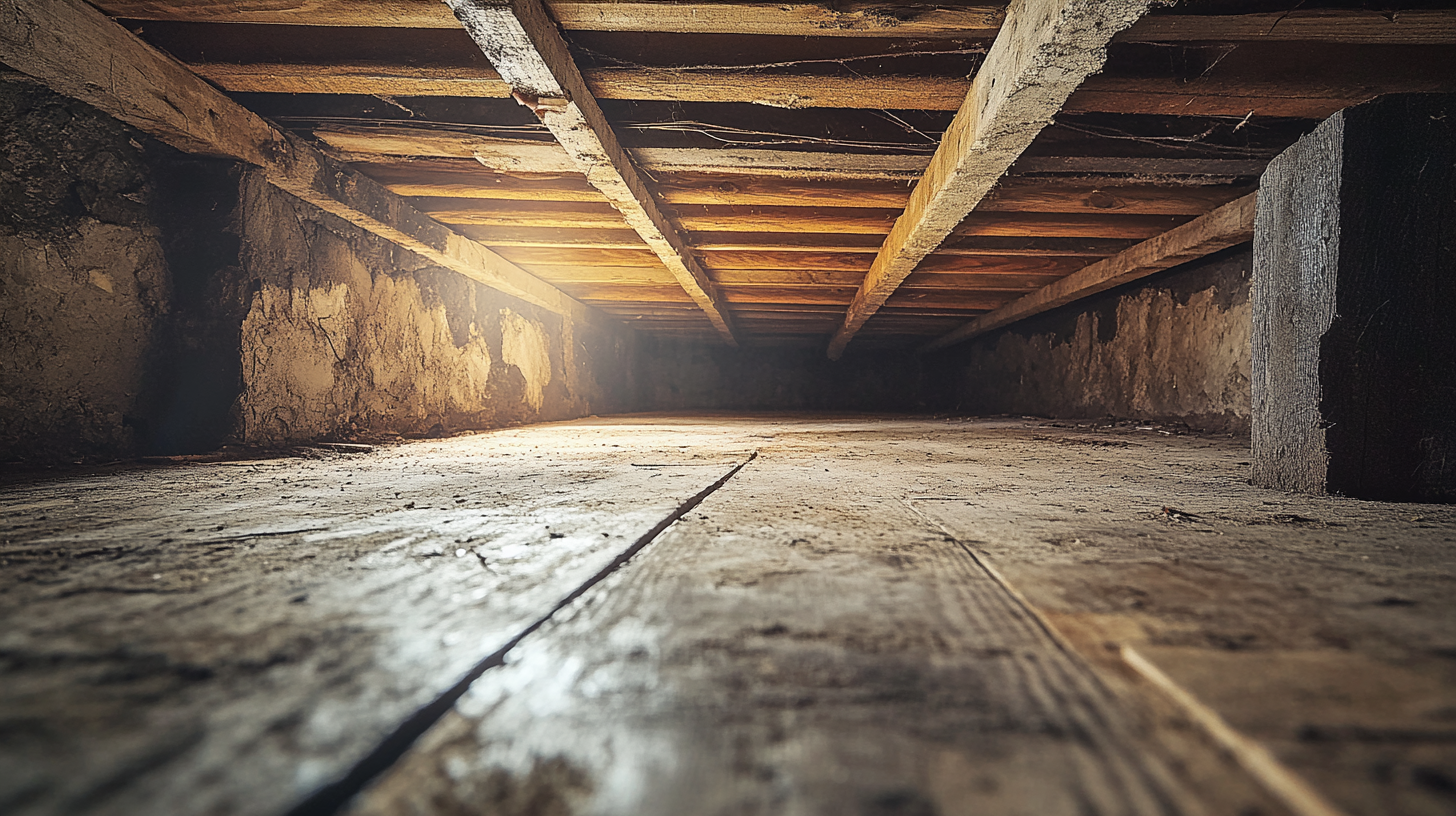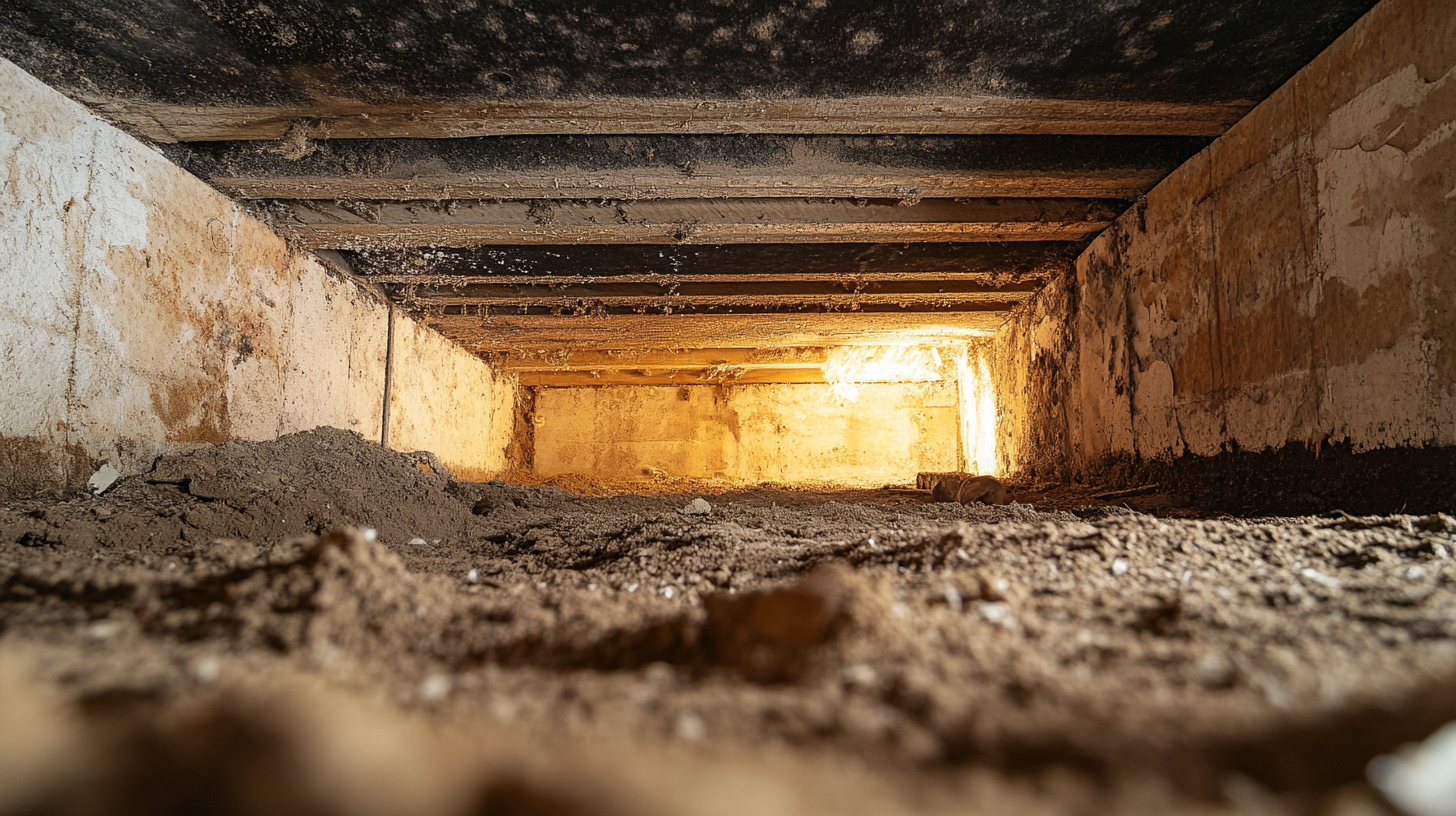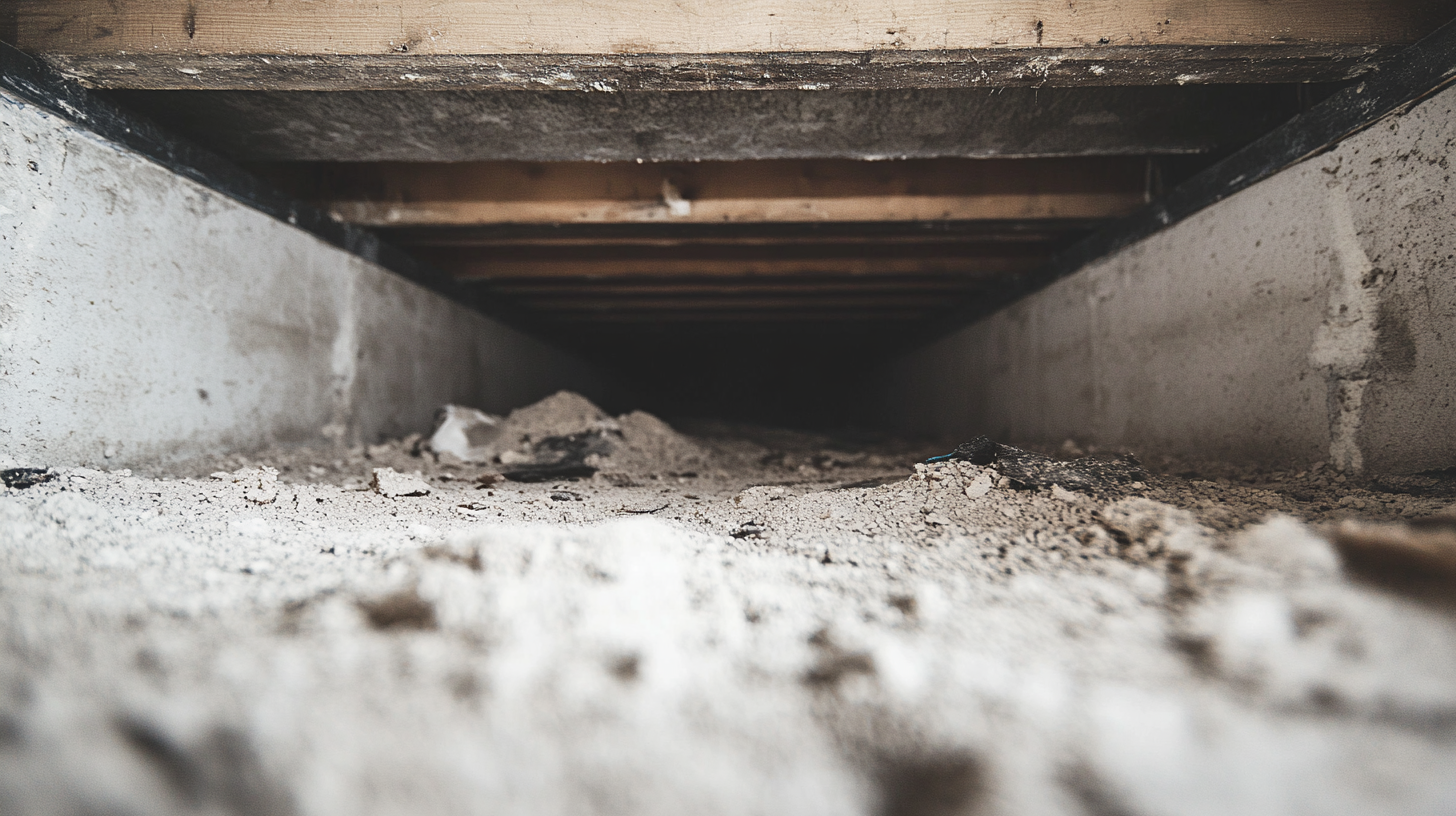Odor Neutralization Techniques for Carpets and Upholstery

Persistent odors in your home are more than just an unpleasant nuisance; they can signal underlying issues that may negatively affect your health and indoor air quality. When odors stem from biological contaminants such as mold, mildew, or bacteria, or chemical sources like volatile organic compounds (VOCs), they can lead to serious health risks, particularly for vulnerable individuals, including children, the elderly, and those with respiratory conditions.
Poor indoor air quality caused by these persistent odors can contribute to headaches, allergies, asthma, and other respiratory problems. Long-term exposure to certain airborne contaminants, like mold spores or VOCs, has been linked to more severe health conditions, making it crucial to address and neutralize odors promptly. Maintaining clean, odor-free air is essential for ensuring the safety and well-being of everyone in your home.
This blog will explore the potential health risks associated with persistent odors, their impact on indoor air quality, and the steps you can take to create a healthier living environment.
Best Natural Odor Neutralization Techniques for Carpets
Carpets are known to trap odors over time, whether from pets, spills, or everyday foot traffic. Thankfully, there are natural and effective ways to neutralize these odors without resorting to harsh chemicals. By using simple ingredients like baking soda, essential oils, and vinegar, you can freshen your carpets and improve your indoor air quality.
Using Baking Soda as an Odor Neutralizer
How Baking Soda Works
Baking soda is a powerful natural odor neutralizer due to its ability to absorb and neutralize both acidic and basic odor molecules. When baking soda is applied to carpets, it reacts with the odors embedded in the fibers, helping to restore a fresh scent by balancing the pH levels and absorbing moisture.
How to Apply:
- Sprinkle Generously: Spread a generous amount of baking soda evenly across the carpet, especially focusing on areas with strong or persistent odors.
- Let It Sit: For the best results, allow the baking soda to sit for several hours. For stronger odors, leaving it overnight gives the baking soda more time to absorb odors deeply embedded in the carpet fibers.
- Vacuum Thoroughly: Once the baking soda has had time to work, vacuum the carpet thoroughly to remove both the baking soda and the trapped odors. This method is highly effective for everyday carpet freshening and helps maintain a clean-smelling home.
Essential Oils for Added Freshness
Why Use Essential Oils
Essential oils not only add a pleasant, natural scent but can also contribute to neutralizing odors. Oils like lavender, tea tree, and eucalyptus have natural antimicrobial properties, which can help combat the bacteria and mold responsible for unpleasant smells. Plus, their refreshing aroma enhances the freshness of your carpet.
How to Apply:
- Mix with Baking Soda: In a bowl, mix 1 cup of baking soda with 10-15 drops of your favorite essential oil. Essential oils like lavender offer calming scents, while tea tree provides antibacterial benefits.
- Sprinkle on Carpet: Just like with plain baking soda, sprinkle the mixture over your carpet, paying special attention to areas with lingering odors.
- Let Sit and Vacuum: Allow the mixture to sit for several hours or overnight for maximum effect. Vacuum thoroughly to remove the baking soda and enjoy the natural freshness the essential oils provide.
Vinegar Spray for Spot Treatments
How Vinegar Neutralizes Odors
White vinegar is an effective natural cleaner and odor neutralizer due to its acidic properties. The acetic acid in vinegar works by breaking down odor-causing bacteria and other organic compounds, making it a perfect solution for treating spots where odors tend to linger, such as pet accidents or spills.
How to Apply:
- Mix Vinegar and Water: In a spray bottle, combine equal parts white vinegar and water. This dilution makes the vinegar safe for carpet fibers while still retaining its odor-neutralizing power.
- Lightly Spray: Spray the solution lightly over the carpet, focusing on specific areas where odors are strongest. Be careful not to oversaturate the carpet.
- Let Dry and Vacuum: Allow the carpet to dry completely before vacuuming any residue. The vinegar smell will dissipate as it dries, leaving your carpet odor-free without the need for harsh chemical sprays.
Odor Neutralization Techniques for Upholstery
Upholstered furniture can easily trap odors over time, whether from everyday use, pets, or spills. To keep your upholstery smelling fresh, it’s important to regularly clean and neutralize odors using natural and effective techniques. Here are some proven methods for maintaining fresh, odor-free upholstery.
Vacuuming to Remove Surface Odors
How Vacuuming Helps
Vacuuming is a simple yet effective way to remove dust, dirt, and surface odors from upholstery. Dust and debris that settle into fabric fibers can lead to unpleasant smells if not regularly cleaned. By vacuuming, you not only freshen up the upholstery but also prevent odors from building up over time.
How to Do It:
- Use an Upholstery Attachment: Attach an upholstery brush to your vacuum cleaner for best results. This helps lift dirt and odors without damaging the fabric.
- Vacuum All Surfaces: Be thorough in your cleaning. Vacuum the tops and sides of cushions, underneath the cushions, and hard-to-reach areas like seams and crevices, where dust and odors tend to accumulate. Regular vacuuming keeps the fabric clean and prevents odors from settling in.
DIY Upholstery Spray with Natural Ingredients
Vinegar and Baking Soda Spray
Vinegar and baking soda are two of the most effective natural odor neutralizers. When combined, they create a powerful solution for deodorizing upholstery. Vinegar helps break down odor-causing bacteria with its acidic properties, while baking soda absorbs and neutralizes odors.
How to Make and Apply:
- Mix the Solution: In a spray bottle, combine 1 cup of white vinegar with 2 tablespoons of baking soda. Stir gently to allow the baking soda to dissolve without causing too much fizz.
- Spray Lightly on Upholstery: Lightly mist the upholstery with the solution, focusing on areas where odors are strongest. Be careful not to oversaturate the fabric.
- Let It Dry Completely: Allow the solution to air dry completely. The vinegar smell will fade as it dries, taking the unwanted odors with it. This spray is perfect for neutralizing odors without leaving behind strong chemical scents.
Activated Charcoal Bags for Long-Term Odor Control
How Activated Charcoal Works
Activated charcoal is highly porous and absorbs odors by trapping odor-causing particles in its structure. Unlike sprays or cleaners, activated charcoal provides long-term odor control by continuously absorbing smells from the surrounding air, making it an excellent solution for areas prone to persistent odors.
How to Use:
- Place Charcoal Bags Strategically: Tuck activated charcoal bags under cushions, in corners, or in areas where odors tend to linger, such as pet seating spots or near spills. These bags work silently and continuously to absorb unwanted smells.
- Replace Every 1-3 Months: For ongoing freshness, replace the activated charcoal bags every 1-3 months or recharge them by placing them in direct sunlight for a few hours to reactivate their odor-absorbing properties.
Tackling Specific Odors in Carpets and Upholstery
Certain odors can be particularly stubborn when trapped in carpets and upholstery, from pet smells to smoke or mold. Using natural and effective methods tailored to each type of odor can help restore a fresh, clean environment in your home. Below, we outline targeted approaches to neutralizing common household odors.
Neutralizing Pet Odors
Baking Soda and Essential Oils
Pet odors, such as those from dander, fur, or mild accidents, can be effectively managed using a combination of baking soda and essential oils. Baking soda works by absorbing moisture and neutralizing pet-related odors, while essential oils add a fresh, natural scent.
How to Use:
- Create the Mixture: In a bowl, mix 1 cup of baking soda with 10-15 drops of an essential oil, such as lavender or eucalyptus. Essential oils not only mask the smell but also offer mild antibacterial properties.
- Sprinkle and Let Sit: Evenly sprinkle the mixture across the carpet or upholstery, focusing on areas where pets tend to sit or sleep. Let it sit for a few hours to allow the baking soda to absorb the odors.
- Vacuum Thoroughly: After allowing the mixture to sit, vacuum thoroughly to remove both the baking soda and any trapped odors.
Enzyme Cleaners
For pet urine odors, enzyme-based cleaners are particularly effective because they break down the organic compounds that cause the odor. Enzymes target proteins found in urine and other biological stains, fully eliminating the odor instead of just masking it.
How to Apply:
- Spray the Cleaner: Apply the enzyme cleaner directly to the affected area, ensuring it fully covers the stain and penetrates the carpet fibers or upholstery fabric.
- Let It Sit: Follow the product’s instructions for the recommended dwell time, typically 10-15 minutes, to allow the enzymes to break down the odor-causing compounds.
- Blot Dry: After the cleaner has had time to work, blot the area with a clean cloth to absorb any excess moisture. Allow the area to air dry completely for best results.
Removing Smoke Odors
Vinegar and Water Solution
Smoke odors can be deeply embedded in carpet and upholstery fibers, making them challenging to remove. Vinegar is highly effective for neutralizing smoke smells because its acidic nature helps break down smoke particles.
How to Use:
- Prepare the Solution: Mix equal parts white vinegar and water in a spray bottle.
- Spray Affected Areas: Lightly mist the solution onto areas affected by smoke odors, such as couches, carpets, or curtains. Avoid soaking the fabric.
- Let Dry: Allow the solution to dry naturally. The vinegar scent will dissipate as it dries, taking the smoke odor with it.
Steam Cleaning for Deep Odor Removal
For stronger or more persistent smoke odors, steam cleaning is an ideal solution. The high-temperature steam penetrates deep into carpet fibers and upholstery, removing embedded odors and contaminants.
How Steam Cleaning Works: Steam cleaning uses hot water vapor to loosen and extract dirt, smoke particles, and odors trapped within the fabric. This method not only neutralizes odors but also sanitizes surfaces by killing bacteria and allergens.
When to Use: Steam cleaning is recommended for strong smoke odors that cannot be fully neutralized by surface treatments like vinegar or baking soda. It's a deep-cleaning method ideal for fabrics that have been exposed to prolonged or heavy smoking.
Dealing with Mold and Mildew Smells
Vinegar and Baking Soda Combo
Mold and mildew odors often develop in damp areas of carpets, and they can be both unpleasant and harmful to indoor air quality. A combination of vinegar and baking soda is a natural, effective solution for neutralizing these odors while also addressing the mold spores that cause them.
How to Use:
- Apply Baking Soda: Sprinkle a layer of baking soda over the affected area to absorb moisture and odors.
- Spray Vinegar Solution: Mix equal parts vinegar and water in a spray bottle and lightly spray the baking soda-covered area. The mixture will bubble as it works to neutralize the odor.
- Let Sit and Vacuum: Allow the mixture to sit for several hours before vacuuming thoroughly. This process not only removes the odors but also helps prevent future mold growth.
Hydrogen Peroxide for Upholstery
Hydrogen peroxide is a safe and effective method for eliminating mildew odors from upholstery. It breaks down mildew-causing bacteria and helps freshen up the fabric without damaging it.
How to Use:
- Prepare the Solution: Mix a 3% hydrogen peroxide solution with water in a spray bottle.
- Lightly Spray Upholstery: Mist the upholstery areas prone to mildew, such as cushions or armrests, but avoid soaking the fabric.
- Let Dry in a Ventilated Room: Allow the upholstery to dry in a well-ventilated space. Hydrogen peroxide breaks down safely as it dries, leaving no harmful residues behind.
Preventing Odors in Carpets and Upholstery
Carpets and upholstery can easily trap odors over time, especially in areas exposed to high foot traffic, spills, or moisture. Implementing preventive measures through regular cleaning, proper ventilation, and moisture control is essential to keep your home fresh and odor-free. Below are the best practices to prevent odors from developing in carpets and upholstery.
Regular Cleaning and Maintenance
Vacuum Frequently
One of the simplest ways to prevent odors in carpets and upholstery is through regular vacuuming. Dust, dirt, and allergens accumulate in fabric fibers, which can lead to unpleasant smells if not removed frequently. Vacuuming at least once a week helps to remove these particles before they become embedded, improving the cleanliness and longevity of your carpets and upholstery.
Spot Clean Spills Immediately
When spills occur, immediate action is crucial to prevent liquids from seeping deep into the fabric or carpet padding, where they can create lingering odors. By spot cleaning spills as soon as they happen, you can reduce the chances of stains and odors developing over time. Use a mild detergent or a natural cleaner like vinegar and water to clean the affected area and blot dry.
Keep Rooms Ventilated
Air Circulation
Proper air circulation is key to preventing musty odors from settling into carpets and upholstery. Stagnant air can cause fabrics to absorb moisture and odors, particularly in rooms that are closed off or poorly ventilated. Regularly airing out your home helps maintain a fresh indoor environment and prevents odors from becoming trapped in soft surfaces.
How to Promote Airflow:
- Open Windows: Whenever possible, open windows to allow fresh air to circulate through your home. Cross-ventilation, where you open windows on opposite sides of the room, enhances airflow and removes musty smells.
- Use Fans: Fans help promote continuous air movement, especially in rooms where natural airflow may be limited. By circulating air regularly, fans help keep your home’s fabrics fresh and odor-free.
Use Dehumidifiers to Reduce Moisture
Controlling Humidity
Excess moisture is a major contributor to mold, mildew, and musty odors in carpets and upholstery. Areas prone to humidity, such as basements or bathrooms, can lead to moisture buildup, which encourages mold growth and foul smells. By keeping humidity levels under control, you can prevent these odors from forming in the first place.
How to Use Dehumidifiers:
- Place in Moisture-Prone Areas: Place dehumidifiers in rooms that are prone to moisture buildup, such as basements, laundry rooms, or poorly ventilated spaces. Dehumidifiers help by extracting excess moisture from the air, reducing the risk of mold or mildew settling into your carpets or upholstery.
- Monitor Humidity Levels: Aim to maintain indoor humidity levels between 30-50%, which is optimal for preventing mold and mildew while ensuring comfort. Regular use of a dehumidifier in high-humidity areas can significantly reduce the chances of odors forming.
When to Call a Professional for Odor Removal
While natural remedies and regular cleaning can handle most household odors, there are times when professional intervention is necessary. Persistent or deeply embedded smells in carpets and upholstery may require specialized tools and expertise. Knowing when to seek help can save you time and ensure a fresh, clean environment.
Persistent Odors Despite DIY Efforts
When to Seek Professional Help
If odors persist despite your best DIY efforts, it may be time to call a professional. Stubborn smells, such as strong pet urine, lingering smoke, or mildew, can be challenging to remove using natural remedies alone. These odors often seep deep into carpet fibers or upholstery padding, where they can’t be easily reached by surface-level treatments. When natural solutions like baking soda, vinegar, or essential oils fail to eliminate the smell, professionals have access to specialized tools and treatments that can effectively target and neutralize these deep-seated odors.
Examples of Persistent Odors That May Require Professional Help:
- Strong Pet Urine Odors: Pet urine, especially if it’s soaked through to the carpet padding, can cause lasting smells that are difficult to eliminate without professional-grade cleaners.
- Smoke Smells: Whether from cigarettes or a fire, smoke particles embed deeply in fabrics and can linger long after exposure.
- Mold and Mildew: Musty smells from mold or mildew growth are often a sign of a moisture problem that can’t be fully addressed with DIY solutions.
Professional Deep Cleaning Services
What Professionals Offer
Professional carpet and upholstery cleaners use advanced equipment and industrial-grade cleaning solutions that go far beyond what typical household vacuums and DIY methods can achieve. Steam cleaners, high-powered extractors, and industrial odor neutralizers can penetrate deep into the fibers of carpets and upholstery, reaching odors that standard cleaning tools miss. These services provide long-lasting results, making them especially useful for homes with pets, heavy foot traffic, or severe odor problems.
Benefits of Professional Deep Cleaning:
- Advanced Equipment: Professionals use equipment like steam cleaners, which generate high heat and pressure to extract dirt, debris, and odor-causing bacteria from deep within carpet fibers.
- Industrial Odor Neutralizers: In addition to standard cleaning solutions, professionals often use specialized odor-neutralizing products that are stronger and more effective than over-the-counter options.
- Deeper Cleaning: Professional-grade tools allow cleaners to reach areas and odors that regular vacuums or DIY methods may miss, ensuring a more thorough and long-lasting clean.
When to Consider Professional Services:
- After trying multiple natural remedies with little success.
- If the smell is deeply embedded and persists even after multiple cleanings.
- For regular maintenance in homes with pets, smokers, or moisture-prone areas.
FAQs
Contact Fast Response Cleaning & Restoration Today!
Fast Response Cleaning & Restoration will do everything we can to ensure your experience with us is excellent.
Request A FREE Estimate
Request A FREE Estimate Form
CHECKOUT RECENT POST



Have an Emergency? We're Here to Help!
When it comes to disaster cleanup, we are a seasoned veteran in the industry and have helped hundreds of property owners just like you.
Our disaster recovery teams are available 24-7 to quickly clean up and repair disasters of all types.
